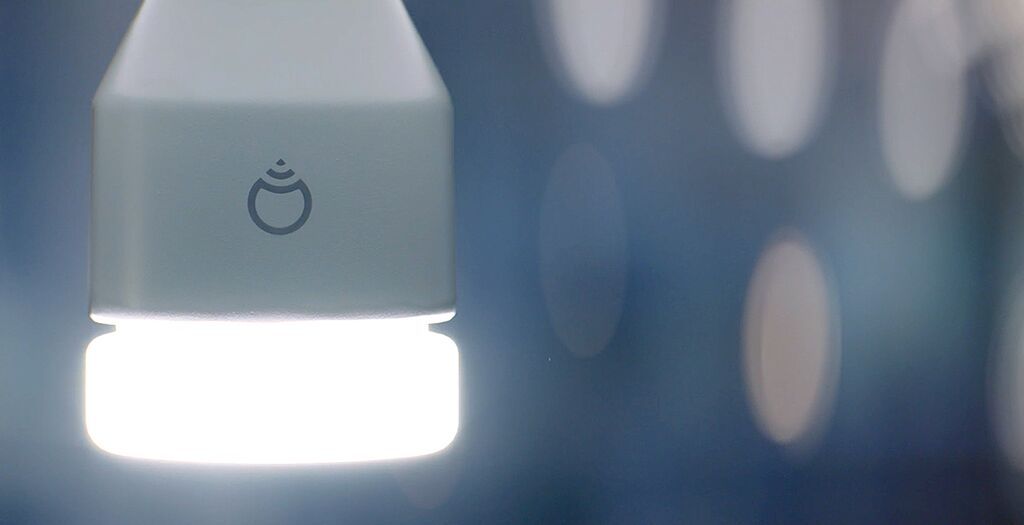

Most smart bulbs you’ll find today are “white and color” bulbs, meaning they can glow in vibrant blues, pinks, greens and everything in between, as well as shine with different temperatures of white. For that reason, hub-based bulbs tend to be more expandable, so we mainly recommend those if you want to eventually have dozens of smart lights around your home.

However, having something like a central Zigbee hub can make your whole system more reliable since its connection is separate from your home’s WiFi network. WiFi smart lights are easy to set up and can be cheaper overall since they don’t require a hub to connect them. Bluetooth connectivity limits the range in which you’ll be able to control the light, so it’s only best for a limited number of bulbs and ones you don’t expect to control when you’re away. Most of them are able to do so by connecting to it via WiFi or Bluetooth, or via an external hub, which handles the connection for them. One of the biggest appeals of smart lights is being able to control them from your phone. What to look for in smart light bulbs Connectivity (To hub or not to hub) We tested out some of the most popular smart lights on the market and found that most of them are quite good, but there are differences in compatibility, color quality and mobile app usability that are worth considering before deciding which smart bulb system will be right for your home. But like the rest of the smart home space over the last few years, there are now more players in smart lighting than ever before.


 0 kommentar(er)
0 kommentar(er)
